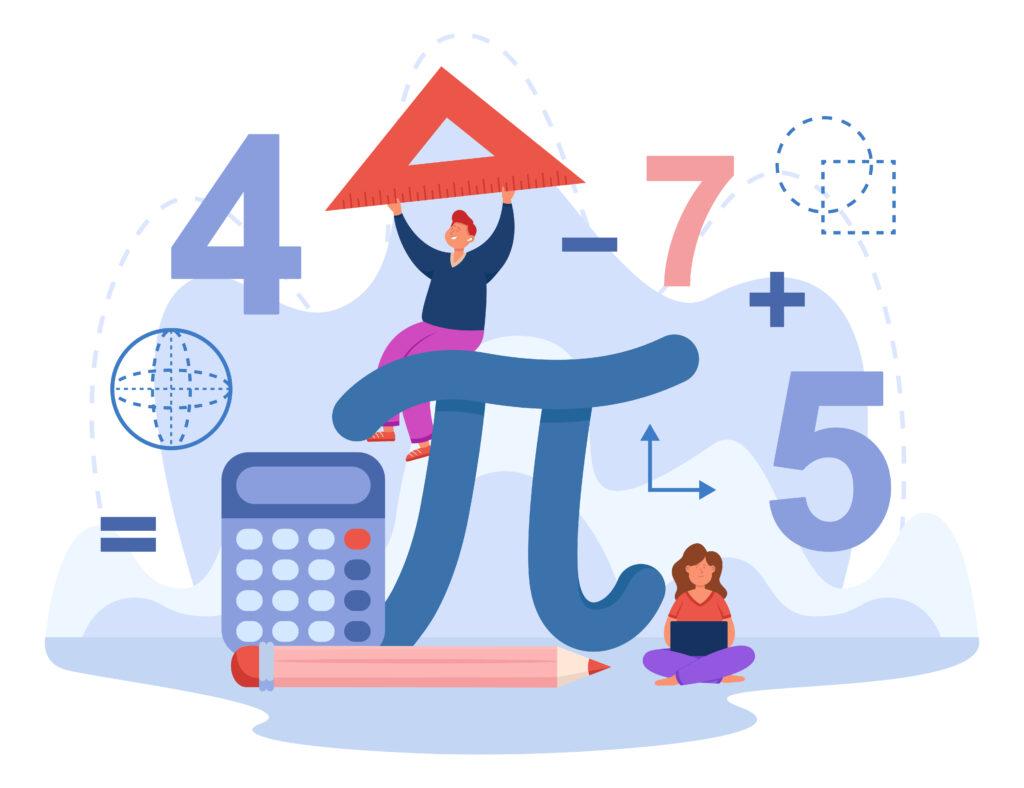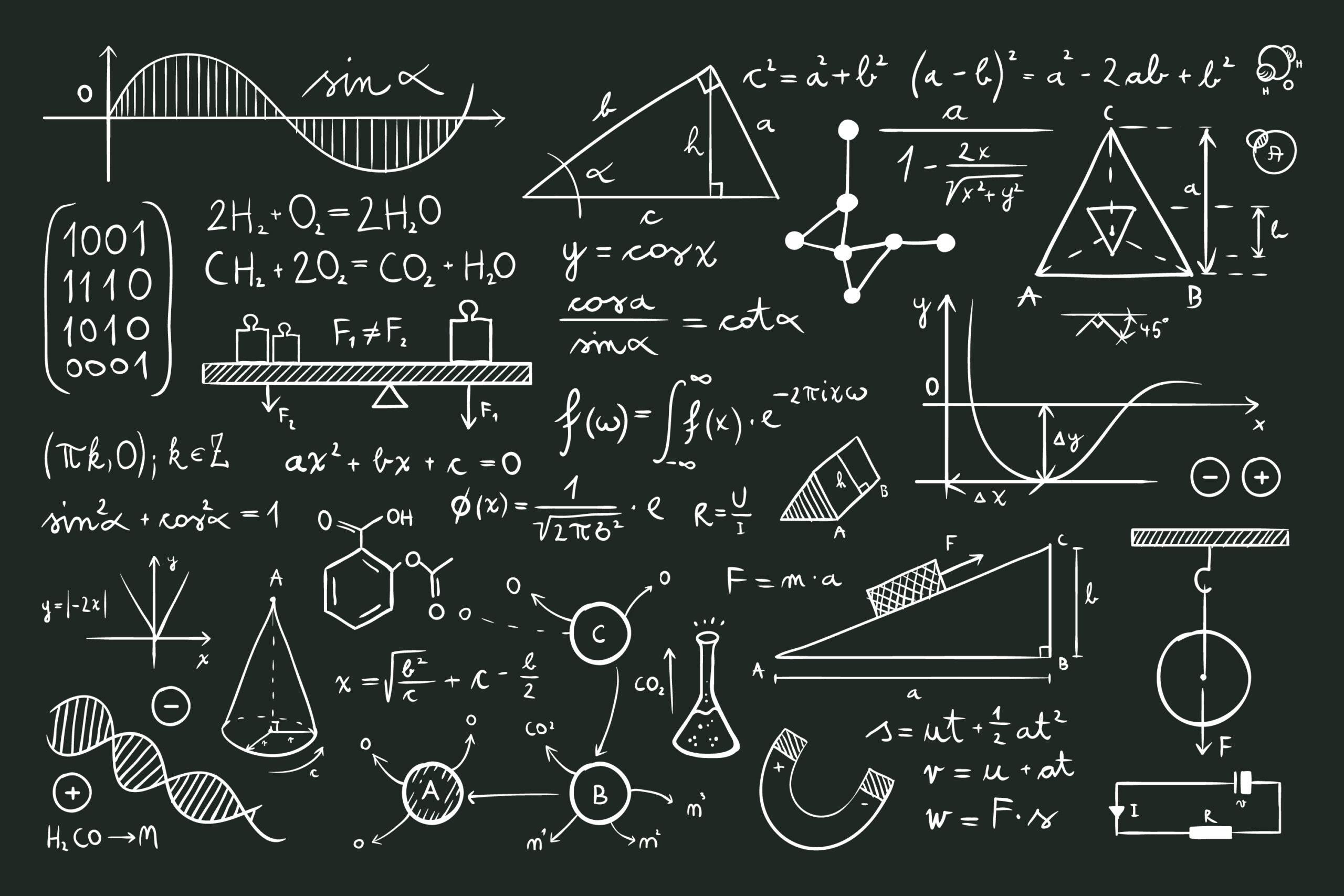Pi Day Celebration: 7 Mind-Bending Mathematical Marvels
A Feast of Mathematical Wonders for Pi Day
As we celebrate 3.14, the most delicious date in mathematics, we’ve gathered seven astonishing mathematical discoveries that showcase the beauty and mystery of numbers. From universe-defying quantities to cosmic tile patterns, these insights reveal why mathematics remains humanity’s most powerful tool for understanding reality.
1. The Magical “Hat” Tile That Never Repeats
Discovery: A single tile shape that can cover an infinite plane without ever creating a repeating pattern
Why it matters: Solves a 50-year quest in aperiodic tiling
- Previous best: Roger Penrose’s two-tile solution (1970s)
- The hat: An asymmetric 13-sided polygon (einstein tile)
- Applications: Novel materials, cryptographic patterns
“Like discovering a new elementary particle in geometry.”
2. Your Cosmic Uniqueness: 1 in 10^(10^68)
The doppelgängion number: Probability of finding your exact quantum duplicate
Mind-blowing facts:
- Contains 100 million trillion trillion trillion trillion trillion zeros
- Exceeds all atoms in the observable universe (10^80)
- Based on quantum state possibilities in human-scale space
Try to imagine:
If every atom in the universe contained another universe, and you counted all their atoms, you’d still not approach this number.

3. The Foolproof Maze Escape Algorithm
Ancient trick rediscovered: Always turn right guarantees escape from any maze
Mathematical basis:
- Creates systematic wall-following path
- Works for all simply-connected mazes (no islands)
- Foundation for robot navigation algorithms
Pro tip: In mazes with islands, mark visited intersections!
4. The Dedekind Numbers: Mathematics’ Hardest Sequence
The challenge: Calculating combinations of logical operations
Current progress:
- 9th number known (42 digits)
- Took 32 CPU-years to compute
- 10th number may be fundamentally incalculable
Why it matters: Tests the limits of combinatorial mathematics
5. TREE(3): The Number That Breaks the Universe
From a simple game: Plant trees with color-coded seeds
The shock:
- TREE(1) = 1
- TREE(2) = 3
- TREE(3) = Bigger than Graham’s number
- Cannot be written in physical universe
Mathematical significance: Demonstrates infinite growth from finite rules
6. Octonions: The 8D Numbers That Might Explain Reality
Number system evolution:
- Real numbers (1D)
- Complex numbers (2D)
- Quaternions (4D)
- Octonions (8D)
Physics applications:
- String theory formulations
- Quantum mechanics extensions
- Potential Theory of Everything framework
7. 12,000+ New Solutions to Newton’s Three-Body Problem
The celestial puzzle: Stable orbits for 3 gravitating bodies
2023 breakthrough:
- 12,000+ new solutions discovered
- Fractal-like orbital patterns
- Uses machine learning assistance
Practical uses:
- Space mission planning
- Exoplanet system modeling
Why These Discoveries Matter
| Field | Impact |
|---|---|
| Physics | Octonions may unify fundamental forces |
| Materials Science | Aperiodic tiles enable new metamaterials |
| Computer Science | Maze algorithms inform robotics |
| Cosmology | Doppelgängion defines quantum uniqueness |
Celebrate Pi Day Like a Mathematician
- Bake π-themed treats (try a “hat tile” cookie!)
- Host a maze-solving competition
- Attempt to write TREE(3) (spoiler: you can’t)
- Read the full stories (free access below)
Dive Deeper: Full Articles
- [The Einstein Tile Revolution]
- [Your Quantum Uniqueness Explained]
- [Three-Body Problem Solutions]
Which mathematical wonder fascinates you most? Share your π Day thoughts below! 🥧

